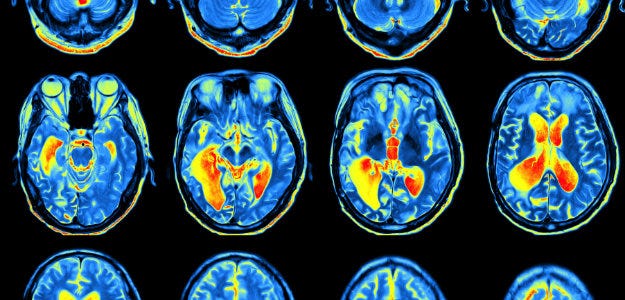What is neurodiversity?
In certain circles, there has been a lot of attention around neurodiversity in the workplace.
For those who haven't, fear not - here is an overview:
Neurodiversity simply refers to the differences between all of our brains and how that can make us think., learn, feel and work differently.
While this is the definition of neurodiversity, the term is most commonly used in the context of those with more significant differences in the brain, such as with autism.
Taking the example of autism, previous understanding and discussion were centred around considering autism as a "disorder", which is a word used in the medical context referring to something which needs to be treated or fixed. Instead, neurodiversity seeks reframe autism from a disorder to a difference which exists in the brain.

Neurodiversity in the workplace
Moving into the workplace, many recent articles around neurodiversity argue that people with differences in the brain can be beneficial to the workplace if workplaces adapt appropriately to them. Almost always with the example of autism, it is argued that by adapting the tasks to the worker, those with autism can contribute with novel ideas and complete certain tasks more efficiently. In this way, hiring such workers can overcome difficulties hiring and finding suitable ideas. One classic example of this way of thinking is an article called The Perfect Storm: Pressure to diversify the workforce, need for innovation, and limited labor.
From someone who has studied neuroscience and autism, while the intent behind most of these articles is admirable, they have some serious flaws which need to be addressed if we are serious about accommodating neurodiversity.
Problem 1: ignoring criticism
First, these articles often ignore criticism of neurodiversity, which exists. This criticism refers to certain neurodiverse people who require medication and appropriate treatment to work and live in their daily lives. By framing the difficulties these people face as a simple "difference", they struggle to accept or receive appropriate care. In the workplace, it could be harmful is appropriate care and consideration isn't being considered.
Problem 2: stereotypical and one dimensional
Building on the first point, almost all examples of successful neurodiverse people in the workplace or benefits of neurodiversity in the workplace seem to be one dimensional.
As mentioned earlier, almost all examples are of those with autism, and how they talk about these people are remarkably similar to representations seen on TV or in movies. These representations show people who require some accommodation, but are nonetheless quite lovable and brilliant at their work; think Raymond in Rain Man, and Sheldon in The Big Bang Theory (see here for more about representation of autism in media).
The articles go on about the hidden potential and ability for one person to unlock and solve all challenges, seemingly unaware of how limited this view is of those with autism. Once again, they ignore more complex situations, which could require serious or different accommodations at work.
Problem 3: basic recommendations
My final problem with neurodiversity in the workplace articles are that the recommendations are really limited.
There is much detail on providing a welcoming space, using the right language, and revisiting the hiring process to ensure neurodiversity is not discriminated against. This is all great, and they are some really valid points made.
However, in terms of the work itself, the only recommendations I have seen are: reducing distraction, noise-cancelling headphones, and extra mental health days......
Sorry to say, but this does not go far enough. It feels like the Rain Man, Big Bang Theory level of understanding once again. I feel like this would just be going the extra length to hire neurodiverse people to only set them up to fail, because of the wide range of neurodiversity which exists.
Just looking at autism, along the spectrum, there are differences in social, cognitive, perceptive (taste, touch, hearing, smell, vision), attention, communicative factors¹. Genetic research shows that it shares genes with ADHD, PTSD, and depression². Just going into and breaking down all these differences would take years as autism is so complex and varied.
So surely there can be more to consider than just giving noise cancelling headphones or reducing attentional distractions?
Up next
Now, it is true that it is easy to criticise but hard to suggest. Like these articles I refer to, I also believe that it is important to welcome and accommodate neurodiversity in the workplace. Therefore, in part 2 I will seek to go a bit further and discuss ways I would recommend accommodating neurodiversity (and "neurotypicals"!) in the workplace.


